Motion Sensor Needs Neutral, but none in box
reastland
12 years ago
Related Stories
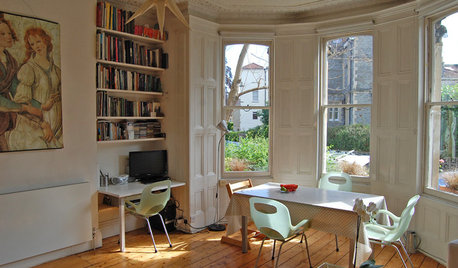
MOVING10 Rooms That Show You Don’t Need to Move to Get More Space
Daydreaming about moving or expanding but not sure if it’s practical right now? Consider these alternatives
Full Story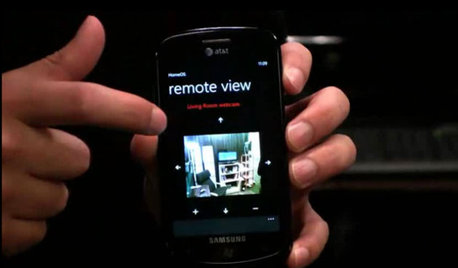
HOME TECHDoes Your Home Need an Operating System?
New technologies hope to unify the lawless frontier of home-automation products. Would they work for you?
Full Story
DECORATING GUIDESNo Neutral Ground? Why the Color Camps Are So Opinionated
Can't we all just get along when it comes to color versus neutrals?
Full Story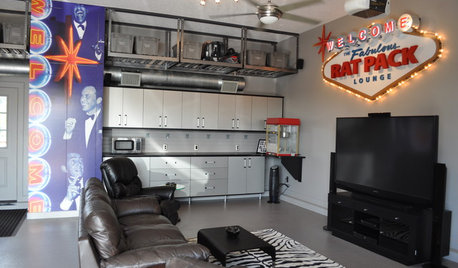
MAN SPACESWhy Men Really Do Need a Cave
Don't dismiss cars, bars and the kegerator — a man space of some kind is important for emotional well-being at home
Full Story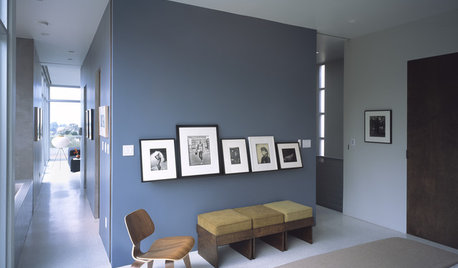
NEUTRAL COLORSDare to Choose a More Colorful Neutral
Understanding Shades of Hue Helps You Go Beyond Gray, White and Beige
Full Story
LIFE9 Ways to Unclutter Your Holiday
If piles of gift wrap, boxes and extra items are weighing you down, clear the way to enjoy a serene holiday with these decluttering tips
Full Story
NEUTRAL COLORSHow to Bring Beige Walls to Life
Go for sprightly instead of snoozy by pairing beige walls with higher-octane hues
Full Story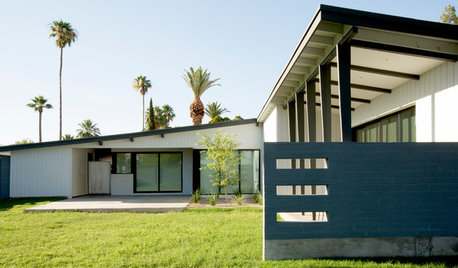
HOUZZ TOURSHouzz Tour: Opening Up a Midcentury Schreiber Home in Phoenix
With fewer walls and a respectful addition, this Arizona feels less boxed in
Full Story
DECORATING GUIDES10 Ways to Hide That Air Conditioner
Feeling boxed in designing around your mini-split air conditioner? Try one of these clever disguises and distractions
Full StoryMore Discussions








Ron Natalie
reastlandOriginal Author
Related Professionals
Hainesport General Contractors · Anderson General Contractors · Avon Lake General Contractors · Goldenrod General Contractors · Homewood General Contractors · Rancho Cordova General Contractors · River Edge General Contractors · Rocky Point General Contractors · View Park-Windsor Hills General Contractors · Welleby Park General Contractors · El Mirage Solar Energy Systems · Rehoboth Solar Energy Systems · Rosemount Solar Energy Systems · Coronado Home Automation & Home Media · Oak Hill Home Automation & Home Mediaspencer_electrician
reastlandOriginal Author
petey_racer
Ron Natalie
Ron Natalie
bus_driver
pjb999